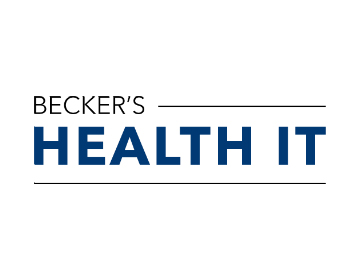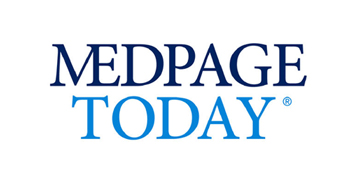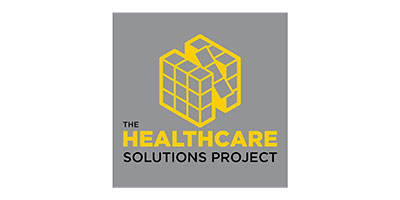
Illuminating an Invisible Epidemic: Addressing Cost Drivers in Diagnosis and Treatment of Autoimmune Diseases and Disorders
Everyone knows at least one person with an autoimmune disease or disorder and just may not know it. Even if you think you don’t, you most likely do, considering autoimmune diseases affect approximately 50 million […]
Everyone knows at least one person with an autoimmune disease or disorder and just may not know it. Even if you think you don’t, you most likely do, considering autoimmune diseases affect approximately 50 million Americans while cancer affects 15 million. Both diseases substantially impact society, but how do we not hear more about autoimmune diseases that clearly have an enormous effect on Americans?
Autoimmune diseases develop from persistent activation of the immune system and manifest in localized and/or disseminated signs and symptoms throughout the body. They exhibit a diverse pathology affecting multiple organ systems, which can lead to widespread damage that is often irreversible. Four well-studied inflammatory diseases that affect different organ systems include multiple sclerosis (MS), ulcerative colitis (UC), Crohn’s disease (CD) and rheumatoid arthritis (RA). These four diseases alone represent over four million people in the US and cost the healthcare system an aggregated total of over $35 billion per year in direct costs.
Syndromes that mimic the clinical signs and symptoms of certain autoimmune diseases include irritable bowel syndrome (IBS) and fibromyalgia (FMS). In the US, between 48 and 65 million people suffer from IBS, although up to 75% of patients lack a formal diagnosis. The number of patients in the US suffering from FMS has been estimated to be in excess of six million with 5.8 million new patients being diagnosed each year.
A recent peer-reviewed article by members of the team at IQuity – the first and only data analytics solution that can identify undetected, uncontrolled or misdiagnosed autoimmune conditions – developed a cost-saving estimate equation to effectively analyze just how much money can be saved through better identification and management of autoimmune diseases and related syndromes. The analysis of the financial impact of autoimmune diseases on the healthcare system found that there were four critical cost factors that influence spending:
- Managing treatment costs
- Controlling disease progression
- Avoiding high-cost events
- Promoting treatment adherence
Cost savings were determined for each individual disease using the cost savings equation that consists of three primary factors. The first factor calculates the overall cost of the condition when varying degrees of treatment are administered. The second factor calculates annualized cost increases over time as a condition progresses as well as variables for change in cost based on disease severity over time. The third factor describes the costs associated with major adverse events, which are defined as events that can occur based on an average probability and result in high, short-term financial expenses (i.e. MS relapse, abrupt gastrointestinal surgery, joint replacement and addiction recovery.)
For all conditions and both treatment scenarios, the potential for annual savings was positive, except for the average treatment scenario for MS. The average treatment scenario results in net savings (cost increase) of: $(8,805) for MS; $4,385 for IBD (Chron’s and UC); $8,808 for RA; $522 for FMS; and $642 for IBS, all per affected patient on an annual basis.
Evaluation of the factors separately for each individual disease helps shed light much more dramatically on where the cost improvement lies:
- Net treatment costs have the most impact for savings with IBS
- Controlling progression over time is most financially beneficial in treating MS
- Avoiding high-cost events has the most influence on treating MS and IBD
- While treatment adherence helps drive costs down the most for IBD and RA
Misdiagnosis in autoimmune diseases increases healthcare spending the most when it comes to MS patients, with an estimated misdiagnosis rate of approximately 10%. For every 10 MS members in a population, there is a risk of at least $41,157 of wasted spend due to misdiagnosis.
From this analysis, it can be concluded that by investing in strategies to achieve early, accurate disease diagnoses, initiation of cost-effective treatments as soon as possible, and promotion of adherence to treatment plans, the healthcare system can financially benefit from controlled condition progression and avoidance of high-cost events –ultimately contributing to the true goal of better patient outcomes.
















